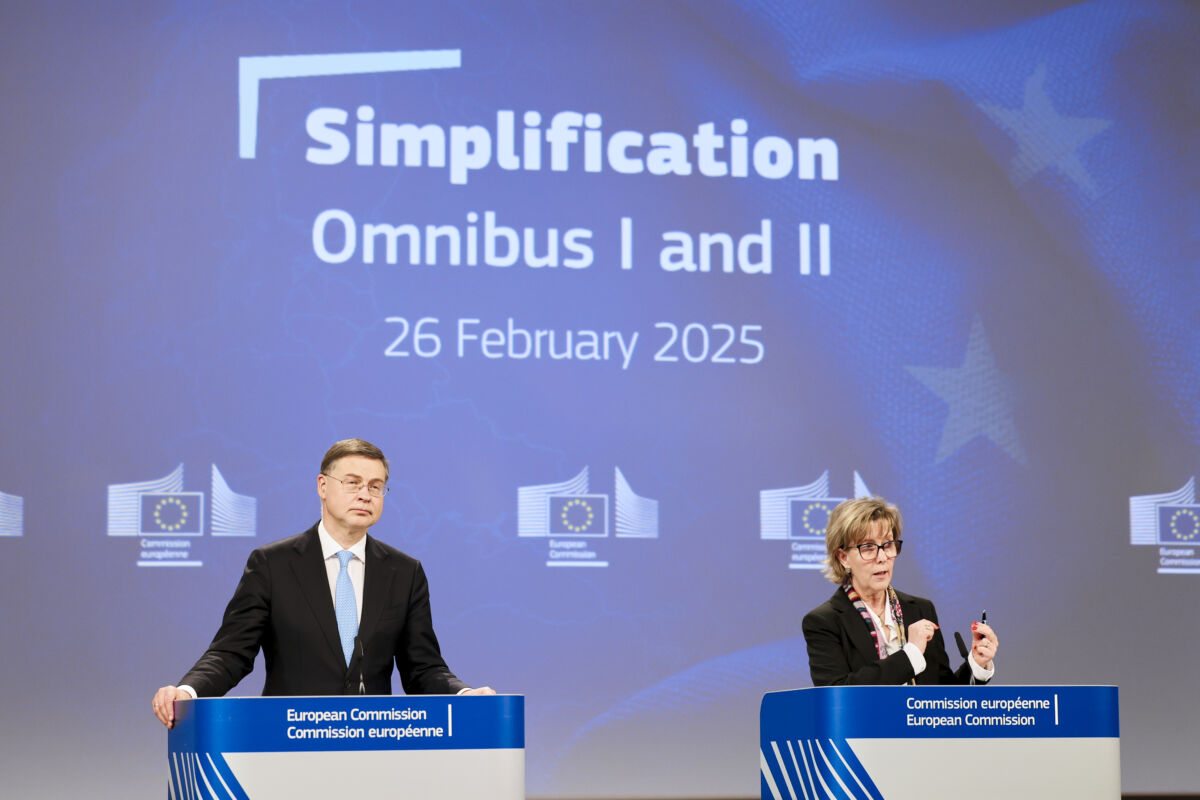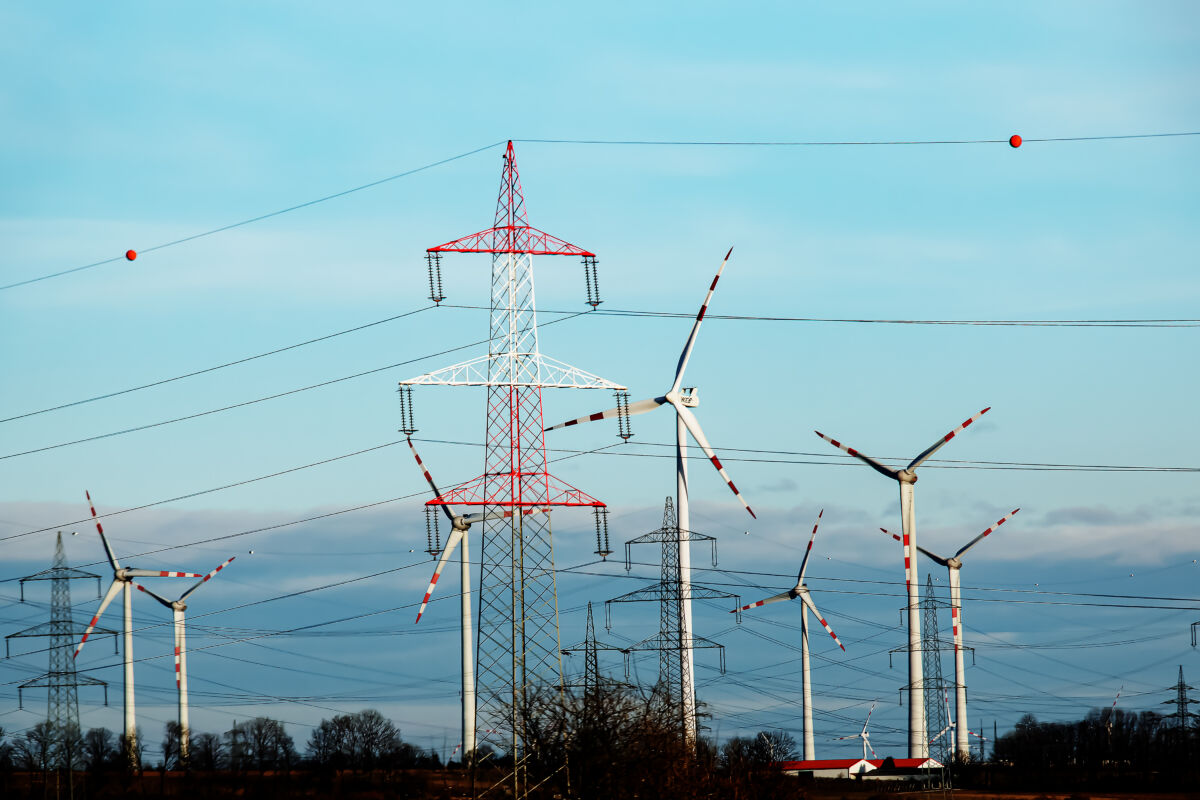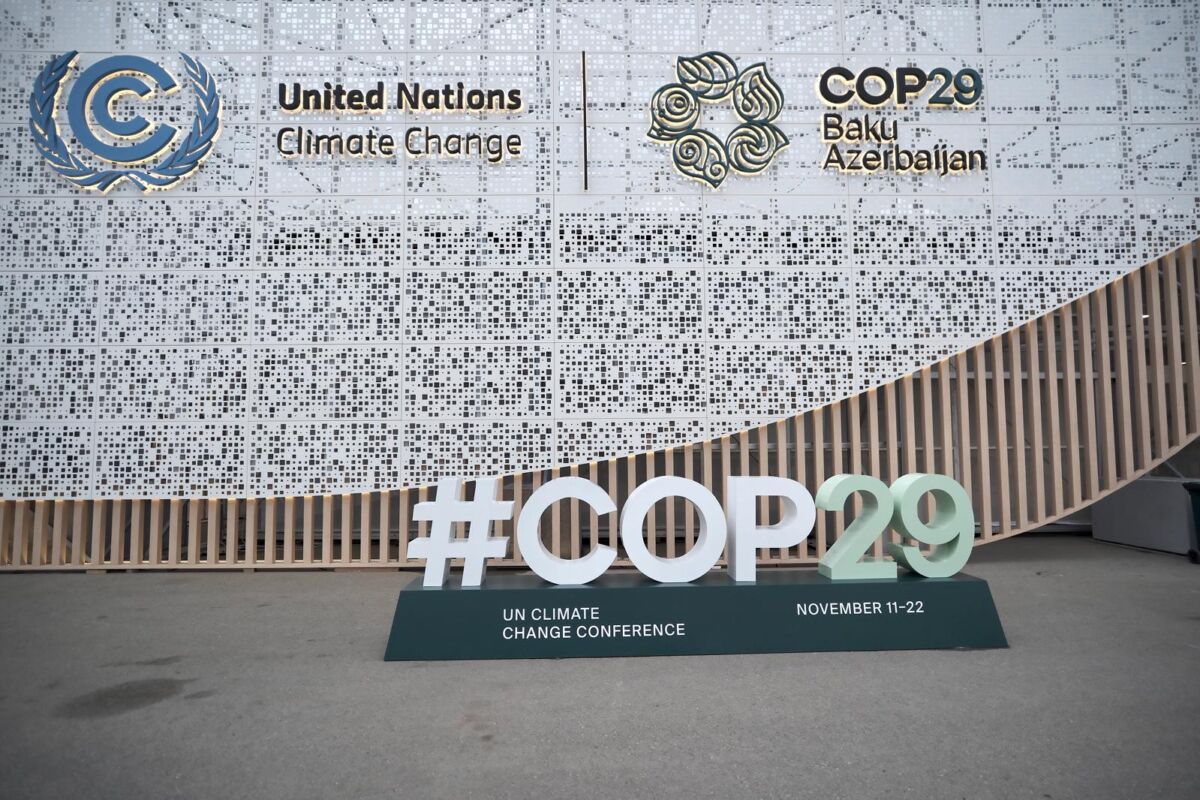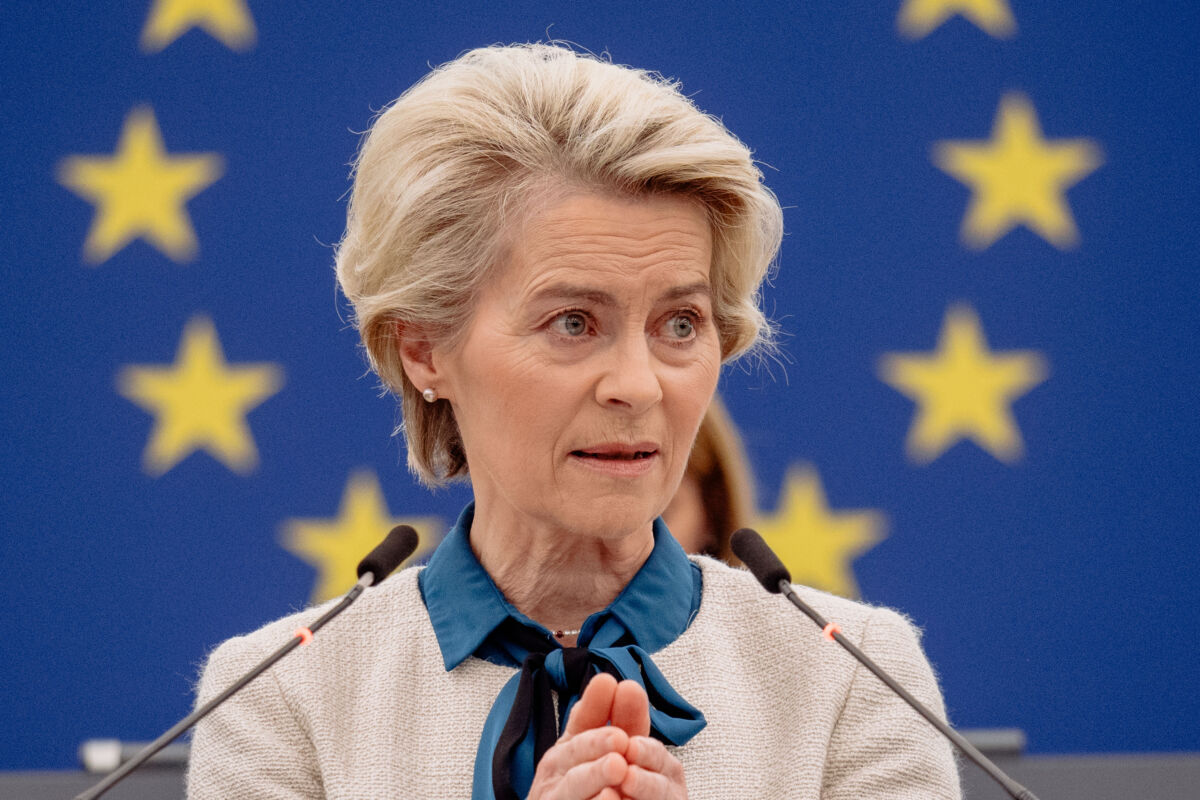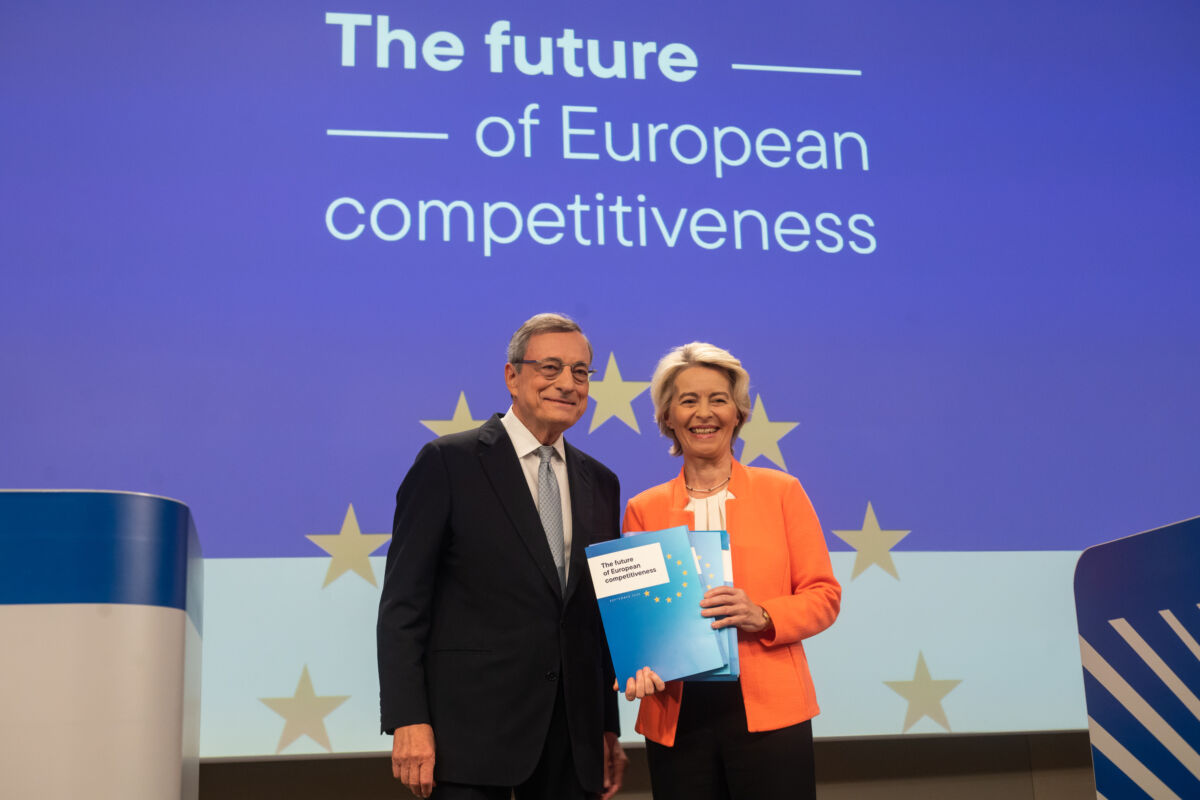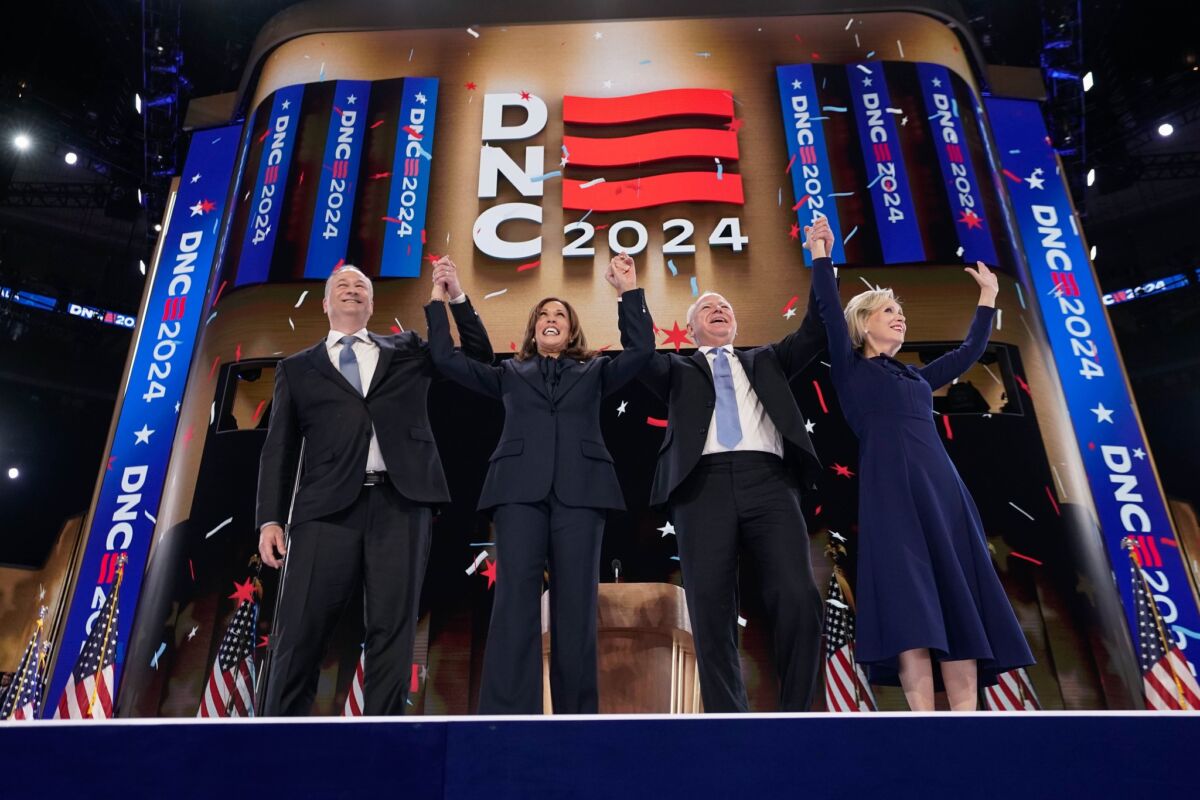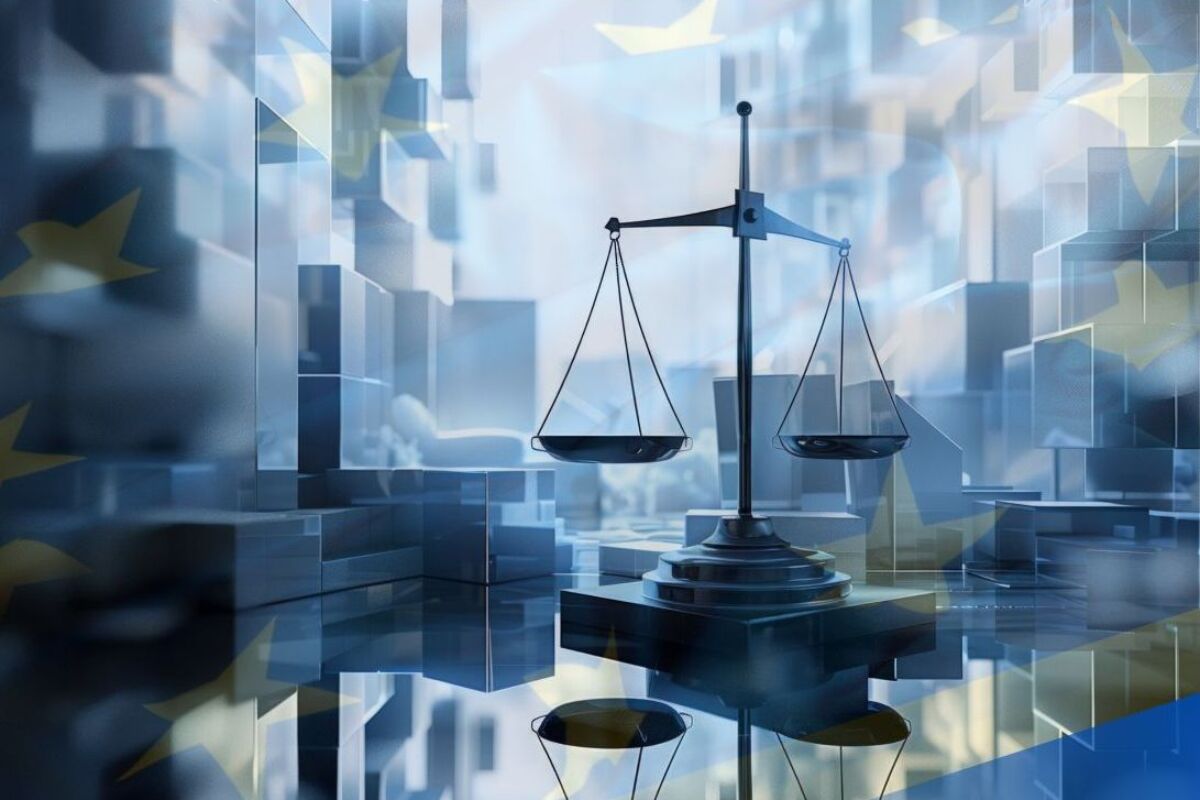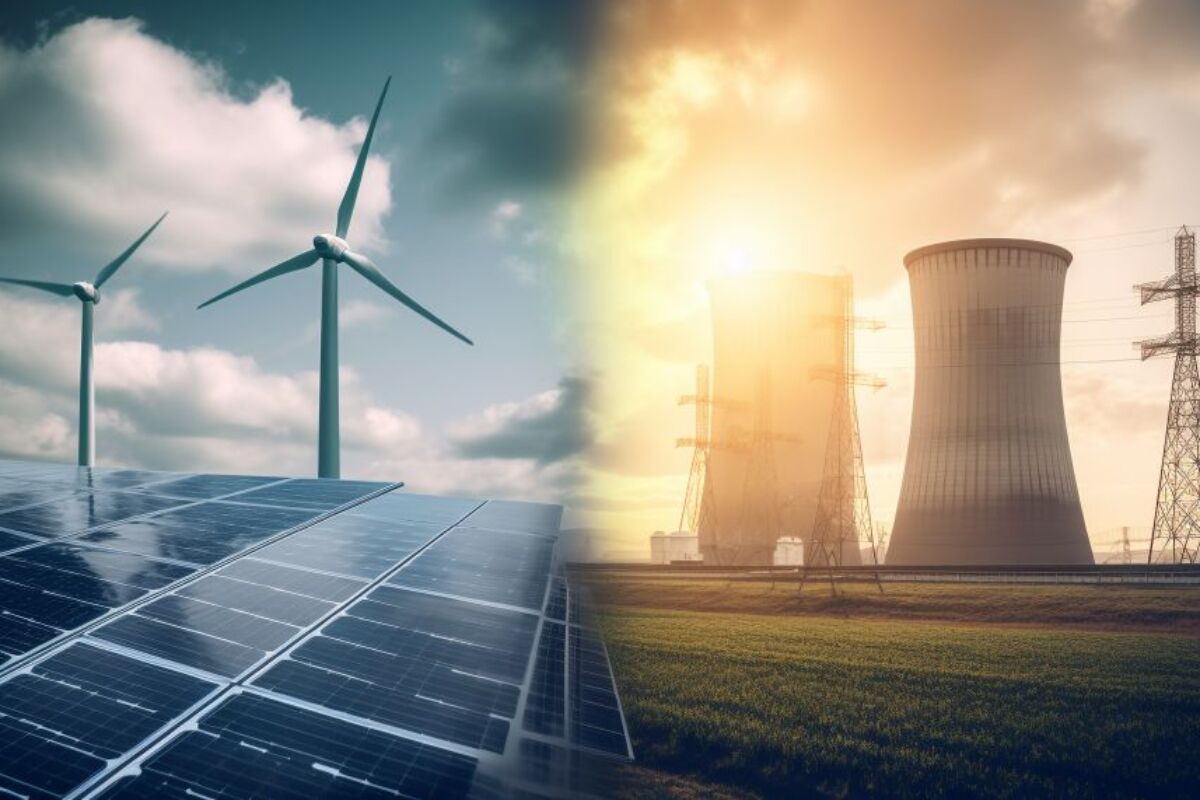In the age of the poly-crisis, the world is constantly lurching from one disaster to another – from unprecedented flooding in Spain to a once-in-a-lifetime pandemic, from new bouts of political instability to ongoing conflict in the Middle East. Indeed, the poly-crisis has morphed into a ‘permacrisis’ and the impacts of climate change are a clear manifestation of this new reality. One must only witness the widespread destruction caused by the recent wildfires in California to understand the urgency of the climate crisis.
That’s why these novel challenges demand new ideas and policy tools, all conceived through a radical systems change that will future proof our crisis response and, by extension, policy frameworks.
Climate change’s impact on financial markets is one such challenge that the world is ill-prepared for because there are no precedents and thus regulators need to come up with new solutions. The EU has enacted the most ambitious financial legislation in the world to address climate change but it still may not prepare the ECB for what the Bank of International Settlements in 2020 called the ‘green swan’ – where certain climate risks could result in a financial crisis triggered by the transition away from the use of fossil fuels.
The European Climate Law mandates that the EU must achieve net zero by 2050. This means that virtually every sector of the EU economy will have to undergo a massive shift to achieve this – including what banks finance. But this could cause significant financial instability as the EU transitions away from carbon-based energy. If we do nothing, some 19 % of global GDP could be wiped out by the year 2050. However, if we do manage to limit global warming to 2C, this would be reduced to only a sixth of that amount.
This leaves central banks with a lot of unappealing options to ensure financial stability, and none of them without costs, such as lost output, higher inflation or job losses. According to new research presented at the Green Swan 2024 conference in November 2024, reducing carbon emissions may lead to short-term productivity losses and a costly transition to reorganise production. During this period, central banks face tougher trade-offs between inflation and unemployment, along with increased inflation volatility. A higher inflation rate may be necessary to drive changes in relative prices that encourage investment in greener industries.
However, tight monetary policies could slow innovation in the green sector. To balance this, additional measures like targeted credit policies and subsidies may be needed to support green investments. This would help central banks manage inflation, all while promoting a successful transition. Still, these measures may not be enough to avoid a future financial crisis. Fulfilling the Green Deal’s ambitions to steer Europe towards a sustainable future will require exploring more unconventional policy interventions.
According to a 2024 ECB report, European banks face significant exposure to climate risks in their portfolios from assets linked to fossil fuels. The ECB’s survey found that a substantial portion of euro area outstanding loans were substantially misaligned with the goals of the Paris Agreement. A recent ECB stress test of the euro area financial system found that it should hold together if things mostly go to plan. However, even the baseline ‘best case’ scenario, which the ECB admits contains many unknowns and uncertainties, would be expected to generate losses.
But if any scenario worse than the base case comes to pass, such as a ‘run on brown’ – meaning an abrupt shift away from lending and investing in companies with unfriendly environmental practices – and a simultaneous recession, then we could be in deep trouble. The losses would likely rival those of the last financial crisis where the European Commission approved EUR 1.5 trillion in state aid to banks. And therein lies the rub – the ways in which transition risks can materialise into a full-blown financial crisis are almost impossible to predict because they involve complex dynamics and chain reactions whose direction of travel cannot be easily predicted. And it only takes one domino falling to trigger a contagion that puts the whole financial system in jeopardy.
So, what should European regulators do? To achieve the twin objectives of staving off a climate-mediated financial crisis and reaching net zero targets, regulators should consider more drastic measures than those currently being considered. The boldest measure would be to pre-emptively set up a ‘climate bad bank’. This is a special-purpose legal entity structured as a public-private partnership that’s tasked with acquiring and then winding down the assets on bank balance sheets that are likely to become stranded (illiquid and worthless) when transitioning to a low carbon economy.
Bad banks are of course not new in Europe. They have been used many times in the past, including in the early 1990s in Sweden and during the financial crisis and subsequent European debt crisis, allowing banks to isolate toxic assets on their balance sheets to prevent bank failures. A climate bad bank, however, goes beyond the mandate of a traditional bad bank – it acts to both immunise the financial system from non-performing assets and to abate carbon by winding down fossil fuel assets on an accelerated timeline, while also redirecting investments to sustainable sectors.
Establishing a climate bad bank would require a well-designed partnership between public financial institutions and private sector investors because decarbonisation on the scale needed to comply with the EU’s climate regulation (and to prevent a green swan) would require vastly more money than the public sector can – or should – provide. A climate bad bank partnership between the European Investment Bank, the European Stability Mechanism, EU Member State central banks and private investors could raise the required sums and ensure that fossil fuel assets are wound down in an orderly and accelerated fashion – and while recycling capital into the key industries of the future.
Make no mistake about it, staying within the thresholds of 1.5C and 2C in the Paris Agreement will require enormous investments to steer the economy through the transition. Policymakers need a tool that can pull off a trifecta and a pre-emptive climate bad bank might just be that tool… whether there’s the political will to take such a bold step is another matter entirely.
This CEPS Expert Commentary is part of a special series being published prior to the CEPS Ideas Lab on 3-4 March 2025 to showcase some of the most innovative ideas we’ll be rigorously debating with our participants. More info can be found on the official Ideas Lab 2025 website.






